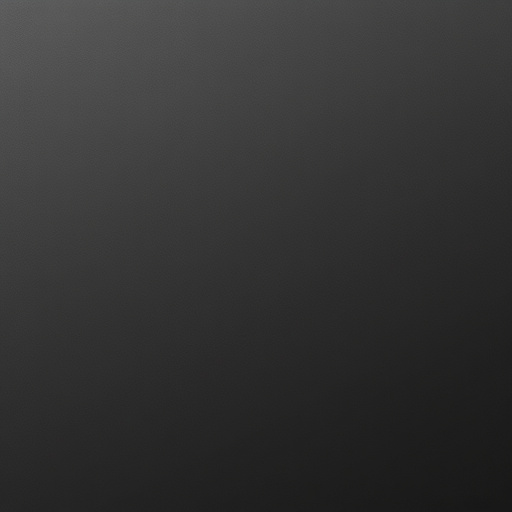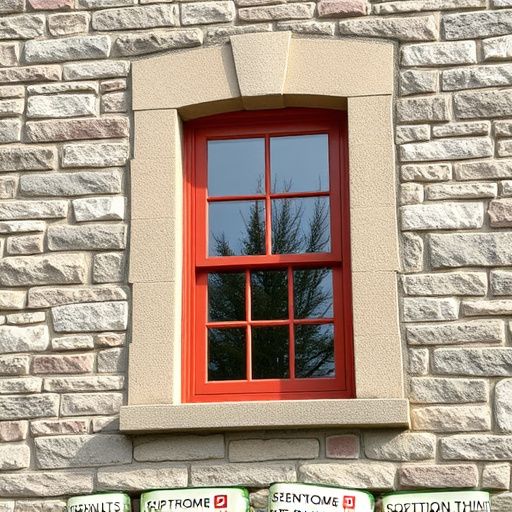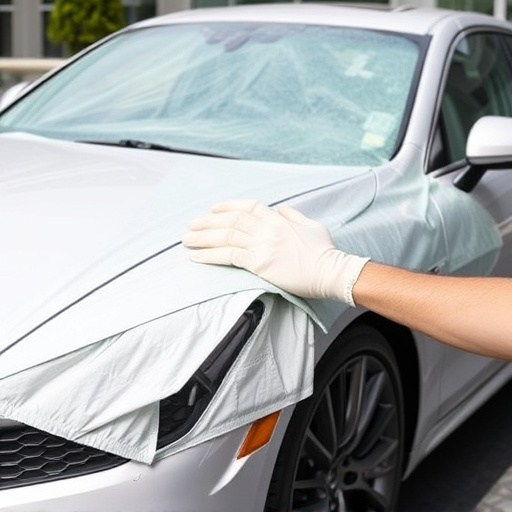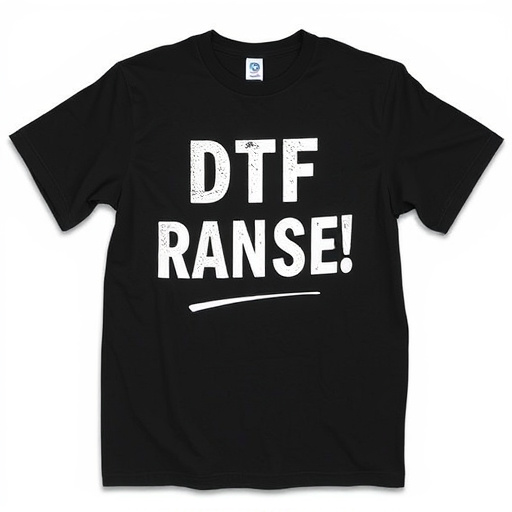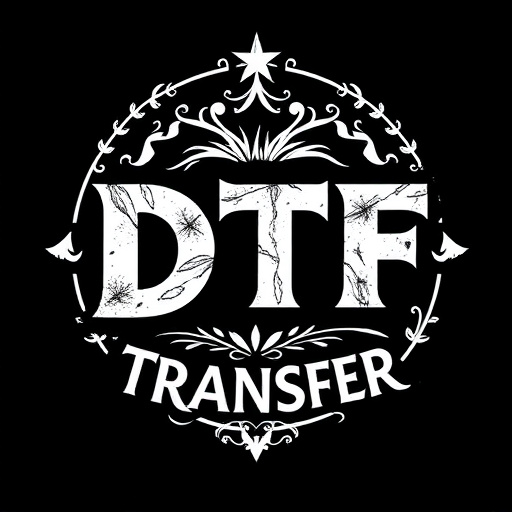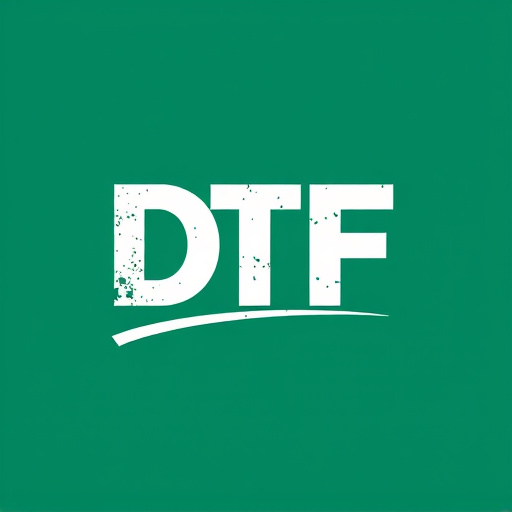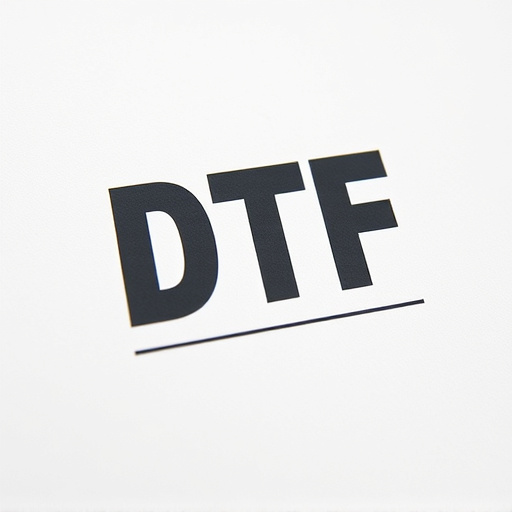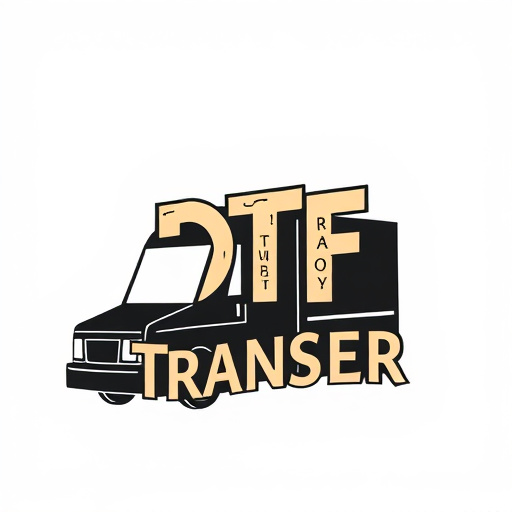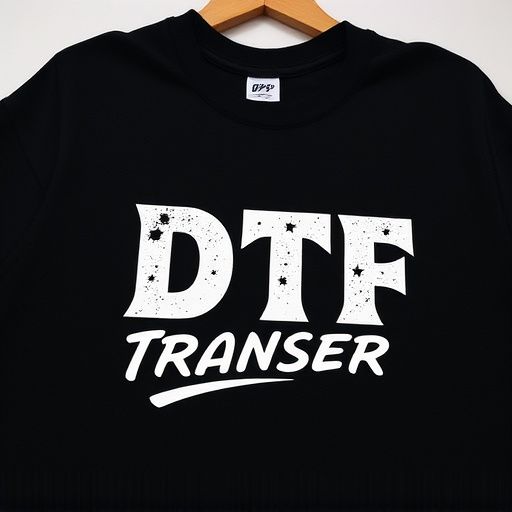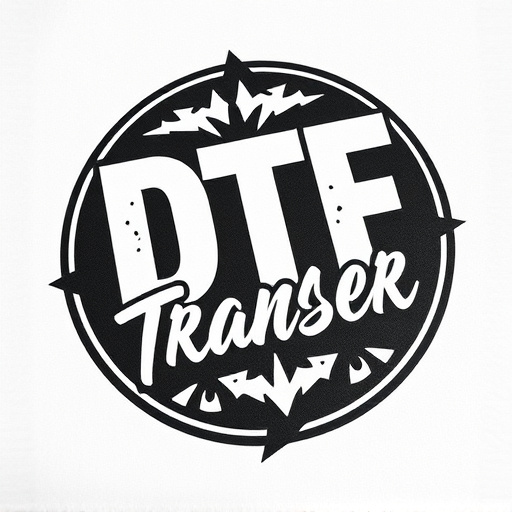Direct-to-Film (DTF) transfer and traditional screen printing are two distinct print methods. DTF uses digital images projected onto fabric for faster production times, cost-effectiveness in smaller orders, and compatibility with diverse materials. Screen printing, using stencils to push ink through silk or synthetic screens, offers vibrant colors, durability, and intricate designs suitable for bulk production runs. DTF excels in detail, clarity, and efficiency; screen printing in durability, precision, and complex design execution. Cost analysis shows DTF becoming more economical for smaller batches or unique designs, while screen printing remains cost-effective in large production runs. Both cater to distinct needs, with DTF versatile for apparel and screen printing ideal for signage and promotional products.
In the realm of printing, Direct-to-Film (DTF) transfer and traditional screen printing methods each offer unique advantages. This article delves into these contrasting techniques, exploring their evolution, processes, quality, applications, and cost-effectiveness. DTF printing, a modern approach, bypasses screens, while traditional screen printing relies on them. Understanding the nuances of each method is crucial for selecting the best technique for diverse projects, from custom apparel to promotional merchandise, with DTF transfers often providing intricate details and vibrant prints.
- Understanding Direct-to-Film (DTF) Transfer: A Modern Approach
- Traditional Screen Printing: The Classic Method
- Process Comparison: DTF vs. Screen Printing
- Quality and Detail: Which Offers Superior Results?
- Applications and Use Cases for Each Technique
- Cost Analysis: DTF Transfer vs. Screen Printing
Understanding Direct-to-Film (DTF) Transfer: A Modern Approach
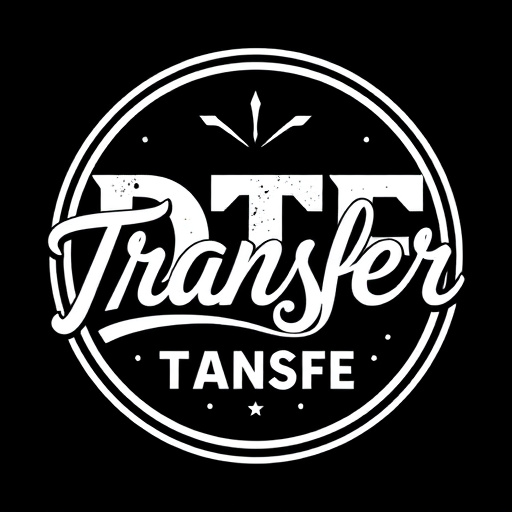
Direct-to-Film (DTF) transfer is a modern printing approach that has revolutionized the way we create custom prints and t-shirts. Unlike traditional screen printing, which involves setting up individual screens for each design and color, DTF uses a digital image projected directly onto the print surface. This method allows for faster production times, as designers can quickly upload artwork and see immediate results. The process begins with a special ink that is applied to the garment using a printer, similar to a standard inkjet printer. The ink bonds with the fabric fibers, creating vibrant and durable DTF prints.
This innovative technique offers several advantages, including cost-effectiveness for smaller orders and the ability to print on various materials and colors without the need for screens. As a result, DTF transfer has become a popular choice among businesses and individuals looking for fast, high-quality printing solutions. With its precision and efficiency, DTF transfer continues to shape the future of custom apparel and promotional products.
Traditional Screen Printing: The Classic Method
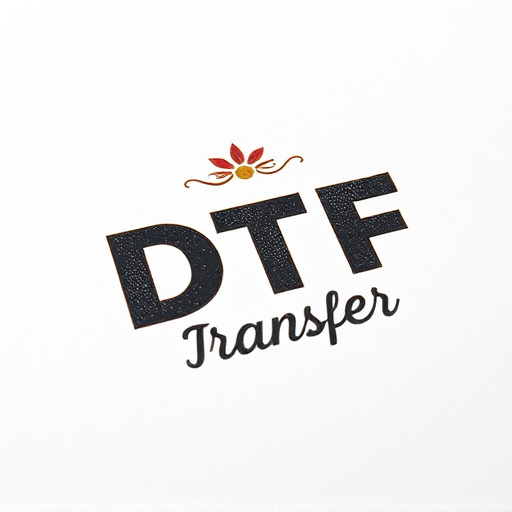
Traditional screen printing has been a beloved method for creating prints and artwork on various surfaces for decades. It’s a classic process that involves setting up a screen, typically made of silk or synthetic materials, with a stencil design. Ink is then pushed through the open areas of the screen onto the substrate below, resulting in sharp, vibrant DTF (Direct-to-Film) transfers. This method is highly versatile, suitable for printing on fabrics, papers, and even metal, making it a go-to choice for many artists and businesses.
The beauty of traditional screen printing lies in its ability to produce high-quality, long-lasting DTF prints with excellent color accuracy. Each layer of ink is applied separately, allowing for intricate designs and fine details. This method is especially popular for creating custom apparel, posters, stickers, and other promotional materials, offering a unique and tangible end product that has been meticulously crafted.
Process Comparison: DTF vs. Screen Printing
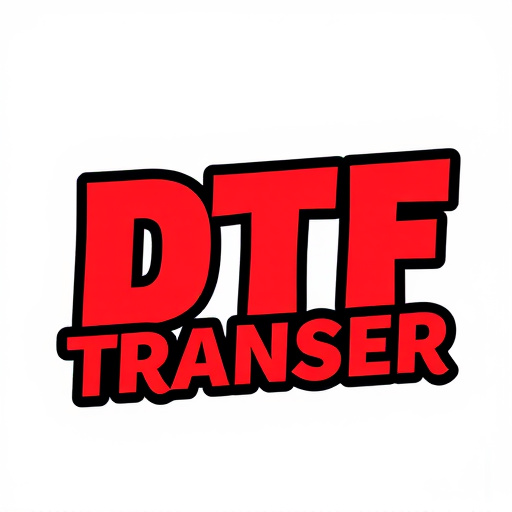
The process of Direct-to-Film (DTF) transfer and traditional screen printing differ significantly in their approach to creating printed designs on various surfaces. DTF involves a modern, efficient method where high-resolution images are transferred directly from digital files onto suitable materials using specialized equipment. This process eliminates the need for separate screens, making it faster and more versatile. On the other hand, screen printing is a time-honored technique that requires the creation of a stencil on a mesh screen, which is then used to apply ink onto the desired substrate. Each method has its advantages; DTF offers quicker turnaround times, broader material compatibility, and the ability to reproduce intricate designs with precision. In contrast, screen printing is renowned for its vibrant colors, durability, and the artful hand-crafted feel it imparts to prints, making it popular among artists and designers.
When comparing DTF transfers and traditional screen printing, the choice often depends on factors like desired turnaround time, print quality requirements, and the type of materials being used. DTF is ideal for bulk orders with tight deadlines, ensuring consistent, high-quality prints across numerous products. Screen printing, however, retains its allure in custom, one-off designs where an artist’s touch and unique aesthetics are valued. The former prioritizes speed and efficiency, while the latter focuses on artistic expression and the enduring appeal of traditional craftsmanship.
Quality and Detail: Which Offers Superior Results?
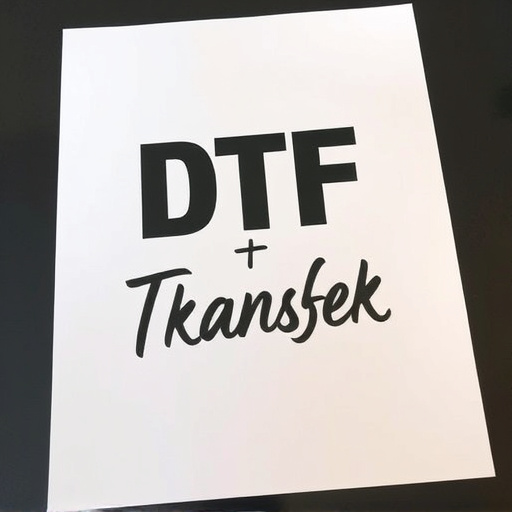
When comparing direct-to-film (DTF) transfer printing to traditional screen printing methods, one of the key aspects to consider is the level of quality and detail achieved in the final prints. DTF offers a significant advantage in this regard due to its advanced technology. This method uses heat to transfer highly detailed images directly onto various surfaces, including fabrics and metals. As a result, DTF prints boast exceptional clarity, sharp edges, and vibrant colors, making them ideal for high-resolution graphics and intricate designs.
In contrast, traditional screen printing involves creating a physical stencil for each color in the design, which can limit its precision, especially with complex artwork. Screen printing is more suitable for bulk production runs where cost-effectiveness is a primary concern, but it may not capture fine details as effectively as DTF transfer printing does. This makes DTF the preferred choice for producing high-quality, detailed DTF prints and DTF transfers, ensuring that every element of the design is reproduced with accuracy and precision.
Applications and Use Cases for Each Technique

Direct-to-film (DTF) transfer and traditional screen printing are two distinct methods with unique applications. DTF transfer is a modern technique that has gained popularity for its versatility and efficiency in various industries. It involves applying ink directly onto a substrate using heat and pressure, making it ideal for creating high-quality, full-color prints on a diverse range of materials, from fabrics to plastics and metals. This method is particularly favored in the apparel industry for producing custom T-shirts, sweatshirts, and accessories with vibrant DTF prints.
Traditional screen printing, while more labor-intensive, offers exceptional durability and precision. It is commonly used for bulk production runs, especially in industries like signage, advertising, and promotional products. Screen printers can create intricate designs with fine line details and overprints, ensuring long-lasting and crisp images. This method is particularly suitable for creating large-scale DTF prints or complex artwork that requires precise color separation and registration.
Cost Analysis: DTF Transfer vs. Screen Printing

When comparing Direct-to-Film (DTF) transfer to traditional screen printing, cost analysis reveals a nuanced landscape. Initially, DTF may appear more expensive due to its advanced digital technology, but this is largely dependent on print volume. For small batches or unique designs where set-up costs for screen printing are high, DTF offers a more economical route. Its precision and ability to replicate fine details and halftones make it suitable for intricate graphics, reducing the need for multiple screens and increasing efficiency.
On the other hand, screen printing enjoys cost advantages in large production runs due to its scalability and reusability of screens. While initial setup is time-consuming and expensive, subsequent prints per design decrease significantly, making it more affordable for mass customization. Moreover, traditional methods allow for a broader range of ink types and finishing options, catering to diverse material requirements and aesthetic visions. This versatility translates into potential savings when considering the overall project budget, especially for complex designs that might require specialized printing techniques.
